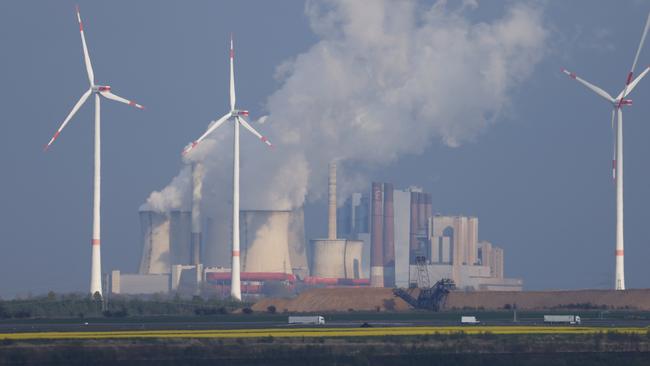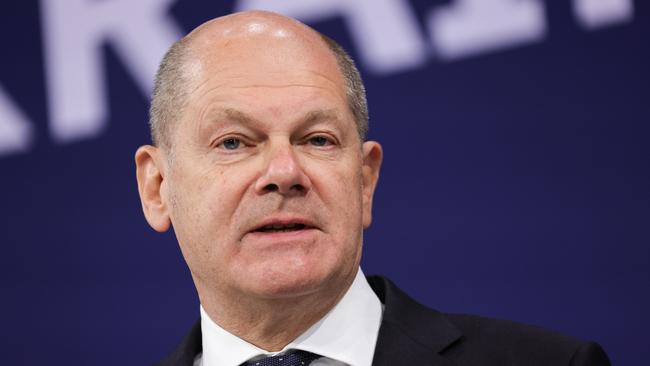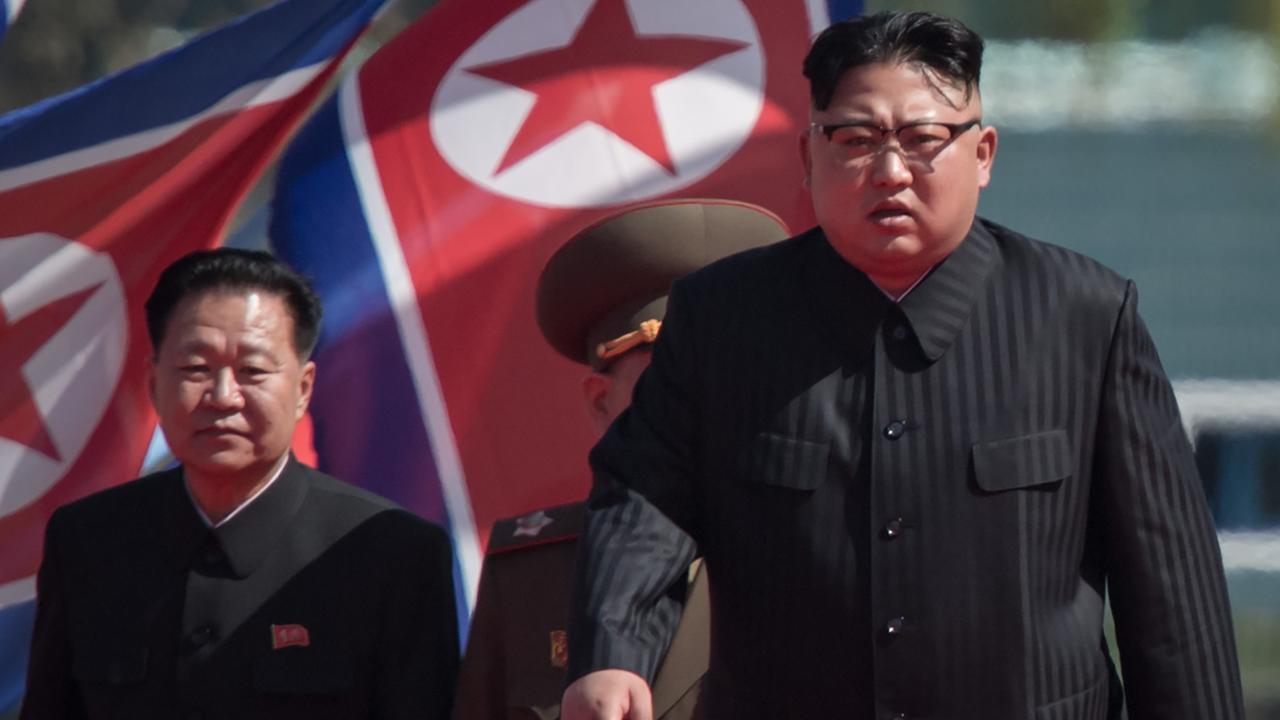Wind farm sacrificed for coal mine
In a bid to burn as little Russian gas as possible this winter, a dozen German villages and eight wind turbines will be cleared for a vast open-cut mine that will operate until 2030.

A German wind farm is being demolished to make way for a vast open-cast coal mine despite Berlin’s ambitious clean energy goals.
The eight wind turbines will be dismantled with a dozen nearby villages and hamlets to clear space for a pit that will ultimately cover an area of 48sq km, 40km to the northwest of Cologne.
The Garzweiler II mine is expected to yield about 190 million tonnes of lignite, a relatively dirty fuel also known as brown coal, even though the government says it hopes “ideally” to phase out coal power by the end of the decade. The case illustrates Germany’s predicament as it struggles to reconcile the conflicting imperatives of its energy policy.
Olaf Scholz’s coalition government, in which the Green party controls the energy and environment ministries, came to power in December with a promise to more than treble renewable electricity generation by 2030 and push the country towards net zero.

Yet these aims have collided with geopolitical reality: in an effort to burn as little Russian gas as possible this winter, the state has reluctantly resorted to coal.
A dozen coal-fired power stations are being brought out of retirement. The energy ministry has reached a compromise with RWE, Germany’s largest power company: a sprawling complex of lignite surface mines in the west of the country will be maintained and expanded, but only until 2030.
The most controversial of these is Garzweiler II, which requires about 7500 people to be resettled. While most have quietly accepted their fate, Eckardt Heukamp, a farmer, has clung on to his land in the village of Lutzerath, fighting a long but ultimately futile rearguard action through the courts and becoming a rallying point for anti-coal protesters.
Local activists said the demolition of the wind turbines on the edge of Lutzerath, which began last week, had only heightened the folly of the situation.
“While our politicians argue about the extension of nuclear power, Germany’s rollback in climate protection is going unnoticed,” Alexandra Brune, of the All Villages Stay campaign group, said. “Our region is being devastated, the climate is spiralling out of control, and now the wind turbines are being dismantled for more coal.”
Mojib Latif, a prominent climate researcher and president of the Academy of Sciences and Humanities, in Hamburg, said the irony was “scarcely bearable”.
This state of affairs is especially uncomfortable for the German Green party, which played a decisive role in the decisions at both federal and regional level.
The Green leadership has hailed the brown coal mining deal as a “landmark” in Germany’s climate policy because it brought forward the end of the industry by eight years, from 2038 to 2030.
However, the party’s youth wing regards the agreement as a betrayal. Kathrin Henneberger, a Green MP from the district around Garzweiler, said she felt trapped in a “nightmare”.
“As a planet we’re on the brink of crossing the climate’s tipping point. And yet the digging is going on here as though all this were unreal, as though there were no climate crisis,” she wrote on Twitter.
– The Times






To join the conversation, please log in. Don't have an account? Register
Join the conversation, you are commenting as Logout